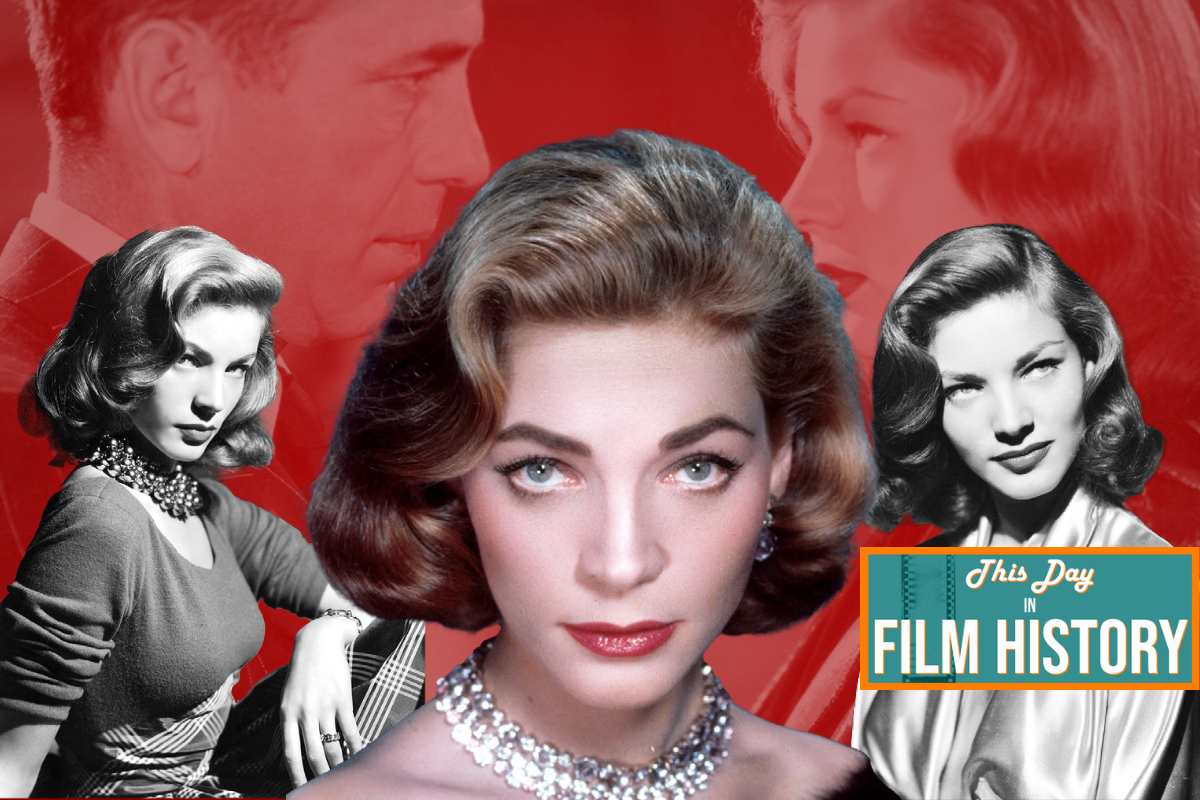
What made the starlets of old Hollywood stand out? There are many different answers to this question. Judy Garland had her innocence. Katharine Hepburn had her prowess and quick wit. Monroe had her beauty and bubbly humor. Then there was Lauren Bacall, a lioness among them. Her cat-like features, her enchanting sultry voice, and Bogart-esque individuality on-screen (a quality they would share in their eventual marriage) made her an unforgettable icon. Today, This Day in Film History is putting our spotlight on Lauren Bacall.
Bacall’s Background
Betty Joan Perske was born in The Bronx, New York City on September 16, 1924. At the age of five, Betty’s parents divorced and she would take her mother’s maiden name, Bacall. It was years later that Howard Hawks would change her first name to Lauren.
An old fashion magazine featuring a teenage Lauren Bacall.
When she was only a teenager Bacall would find work as a theatre usher and magazine model. In 1941 she began taking acting classes alongside another future star Kirk Douglas. A year later in 1942, Bacall made her Broadway debut in “Johnny 2 X 4“; she was only 17. It was only two years later when Bacall would be sent a telegram that would change her life. It was from Howard Hawk’s secretary asking her to come to Hollywood to audition for a film called “To Have or Have Not”.
Despite her inexperience and her nerves, Bacall got the job. For the next few weeks, she would endure training for hours a day. The voice training was especially difficult. She was being instructed to speak deeper and longer. Her normal voice was much higher-pitched and nasally than the unforgettable rhythmic purring voice we all know so well today.
“Lauren Bacall” is Born
To Have or Have Not was not initially a great success, but it was the birth of Lauren Bacall as a star and the birth of an on and off-screen chemistry between Bacall and her co-star Humphrey Bogart. The film did manage to reach the top 30 grossing films of the year. In 1945, Bacall’s next film Confidential Agent did worse and could’ve been a quick end to Bacall’s new stardom but Howard Hawks had other plans. He cast her and Bogart (they were now married to each other) in his next film, The Big Sleep.

Bogart and Becall. Soon to be wed.
Film noir is one of the most iconic genres of film, period. It was The Big Sleep that brought Bacall into the film noir “hall of fame”. Humphrey Bogart, Bacall’s husband, has already begun to take the throne of film noir with hit movies like The Maltese Falcon (1941) and High Seirra (1941). Now, with The Big Sleep, the kingdom of film noir had opened its gates to a dual monarchy. A tall, beautiful, smooth-talking Bacall had seduced the king and was ruling beside him. Tragically, their reign would hardly last a decade.
The Show Goes On
Soon after the undeniable success of The Big Sleep Bacall and Bogart would star in other classic films like Dark Passage (1947) and Key Largo (1948). The latter of which was directed by the legendary John Huston. The duo became an iconic on-screen pair in film history. Outside of the films they shared, Bacall didn’t do as many movies as other young actresses and would refuse scripts that didn’t interest her. In the next 10 years, she would appear as the leading lady in notable films like Bright Leaf with Gary Cooper, Young Man With a Horn with her ex-classmate turned superstar Kirk Douglas, and How to Marry a Millionaire (1953; Alongside Marilyn Monroe and Betty Grable).

Grable, Bacall, and Monroe in How to Marry a Millionaire 1953
Unlike many women (and men) in Hollywood, Bacall’s ego had its limits. How to Marry a Millionaire was a huge hit and everyone involved was the talk of the town. Grauman’s Chinese Theatre, the legendary movie theatre which premiered legendary films from Cecile B. DeMille’s silent epics to Star Wars had invited Bacall to place her handprints and signature in the cement courtyard. This was an immense honor and a rare opportunity (even for Hollywood superstars) but Becall saw it differently. To have her prints and signature among that of Pickford, Fairbanks, Gable, Harlow and many other Hollywood greats would only drag them down. In fact, some of the names were barely worth more than the cement they were imprinted on.
With support from her husband, she turned down the offer. In her 2005 autobiography, she wrote, “I want to feel I’ve earned my place with the best my business has produced.” These days you can solidify your fame in cement with the right connections and a hefty down payment.
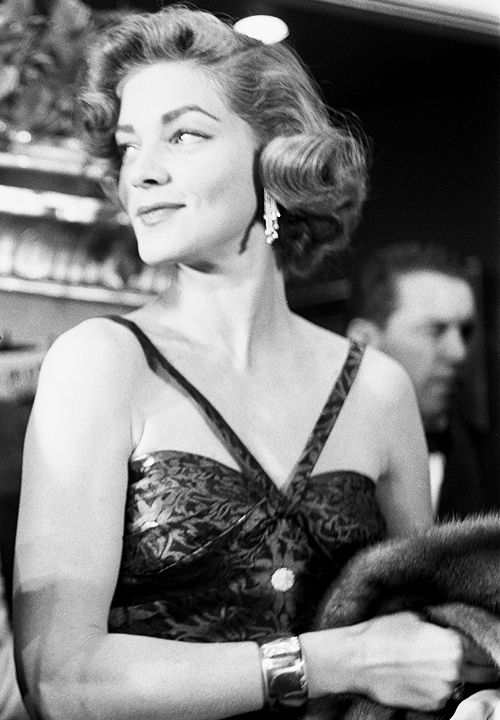
“I want to feel I’ve earned my place with the best my business has produced.”
–By Myself and Then Some, By Lauren Bacall, 2005
Curtains
Humphrey Bogart died of cancer in 1957. He left behind two children Lauren and he had both raised. The youngest child, their daughter, was only 5 years old. After Bogart’s death she would be married once more to actor Jason Robards, but ultimately divorce him due to his alcoholism. “I had one great marriage, I have three great children [one with Robards] and four grandchildren,” she concluded years later in her autobiography.
“I had one great marriage, I have three great children and four grandchildren.”
-Lauren Bacall in her autobiography

Bogart, Bacall, and their two children
Towards the end of the 1950s and into the 1960s Bacall appeared in few movies. From 1959 to 1963 she didn’t appear in any film or television productions. She preferred to return to the stage. Where she had started in her teenage years. Unlike many Hollywood actor types, Bacall actually thrived on stage. She would win herself two Tony awards in Applause (1970) and Woman of the Year (1981), albeit a few years down the road.
Lauren Bacall played the leading lady in John Wayne’s The Shootist in 1976. A film that is more famous for being Wayne’s final film than being a truly great film. Nonetheless, she was hand-picked by Wayne for the role and performed wonderfully. She had also appeared with Wayne in Blood Alley (1955) 20 years earlier.
Into the 80s, 90s, and 2000s Bacall would appear in films and tv shows but only as a supporting actress. She was never again to be the leading lady she once was. In 1996 she was nominated for Best Supporting Actress for her role in The Mirror Has Two Faces with Barbra Streisand and Jeff Bridges but she did not win the Oscar.
In her old age, Bacall acted in bit parts for movies, tv shows, and straight to video films. She also did a sizable amount of voice acting. Not a surprising development for one of the most famous female voices on the silver screen. Her voice would be heard in Studio Ghibli films and Scooby-Doo cartoons among others.
The End
One month before her 90th birthday, Lauren Bacall died. It was August 12, 2014, in Manhattan. Her estate was left to her three children.
In her career, Bacall had more than 70 screen credits, dozens of Broadway performances, and had written two autobiographies. A woman who was immortalized on screen for her beauty, her individualism, and her voice is now a memory of the iconic Hollywood past. Let’s push the memory of her into the future.
Lauren Bacall, we miss you, and we thank you for your work and your art.

Bacall later in her life and career.
Thank you for reading This Day in Film History’s monthly actress spotlight written by Jon Shai Van Sickle. If you enjoyed this article be sure to read more on our website or visit our social media pages where we post daily film history. Also, be sure to look out for our actor of the month and film of the month spotlight.


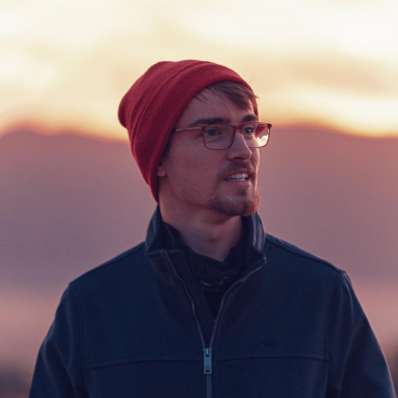
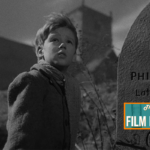
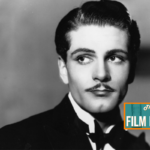
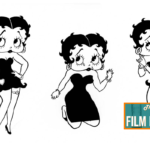
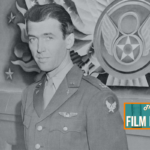

There is no other than Lauren Bacall. Not much more to be said. After all why would there be?
Haskell lee Morris
September 27, 2021